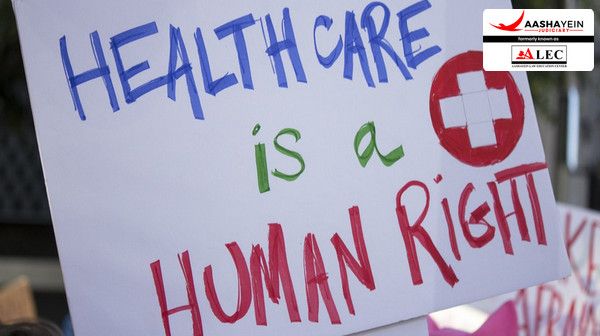The petitioner filed a Public Interest Litigation (PIL) raising concerns about the dominance of multinational corporations in India's pharmaceutical industry. These corporations, originally based in countries such as the U.S.A., U.K., Germany, Sweden, Japan, and France, were alleged to have vast financial resources and generate enormous profits. The petitioner argued that the Indian government exercised minimal control over these foreign corporations, allowing them to exploit the Indian market, particularly given the country's high vulnerability to diseases.
The petitioner referred to the Hathi Committee Report of 1974, which had been commissioned by the Central Government to study the pharmaceutical sector. The report highlighted the negative impact of these multinational corporations on India's drug industry and strongly recommended nationalizing the sector to safeguard public health. However, despite these findings, the government chose not to implement the recommendations.
Additionally, the petitioner alleged that several drugs that had been banned in developed countries due to thorough scientific research were still being sold in India. The petitioner attributed this to weak regulatory control and inadequate enforcement of drug safety laws, allowing these harmful drugs to enter the Indian market unchecked.
Issues before the Court
The main question in this case is were-
- Whether the Judiciary is the Right Forum to Decide on a Ban of Certain Medicines?
- Whether the Government Has a Duty to Ensure Public Health and Safety
You can also read the Blog by visiting [Blog].
For more information, visit [Aashayein Enquiry Section]
Arguments:
The petitioner argued that certain drugs, which were already recognized as harmful in Western countries, posed an equal threat to human health in India. However, due to a lack of awareness regarding their adverse effects on the human body, these drugs continued to be freely available, circulated, and even prescribed to patients without restriction. The petitioner contended that this negligence put public health at serious risk.
Given the severity of the issue, the petitioner urged the Supreme Court to intervene in the interest of public health. They sought a directive from the court to impose a ban on the import, manufacture, sale, and distribution of these hazardous drugs. The petitioner further emphasized that these drugs had already been identified as harmful by the Drugs Consultative Committee, which had recommended their ban. Therefore, the petitioner also called for the cancellation of all existing licenses that permitted the import, manufacture, sale, and distribution of these drugs, ensuring their complete removal from the market to protect public health.
Analysis of the Court
The Supreme Court recognized the complex and technical nature of the issue concerning the ban on certain medicines and held that such matters were best addressed through expert-driven policy decisions rather than judicial proceedings.
Justice Ranganath Misra emphasized that public health is a fundamental priority in a welfare state, placing a duty on the government to create and maintain conditions that promote good health. The Court acknowledged that healthcare policies must evolve with changing needs and directed the Central Government to implement a national policy based on expert recommendations while ensuring continuous monitoring and necessary updates.
While the Court ruled that harmful drugs must be completely removed from the market, it refrained from interfering in executive decisions like nationalization, demonstrating judicial restraint. This judgment reinforces the right to health while maintaining the separation of powers, urging the government to take timely action against unsafe drugs without excessive judicial intervention.
Concluding Remarks
This ruling reinforces the constitutional recognition of the right to health, affirming that citizens are entitled to a healthcare system that prioritizes their well-being. The Court urged the government to take timely action against unsafe drugs, ensuring they do not remain in circulation. However, the Court’s reluctance to order the nationalization of the pharmaceutical industry reflects a cautious approach to judicial overreach. The judiciary refrained from interfering in executive functions, a restraint that is significant given recent criticisms of judicial activism. This judgment, therefore, strikes a balance between protecting public health and respecting the separation of powers within the government.

